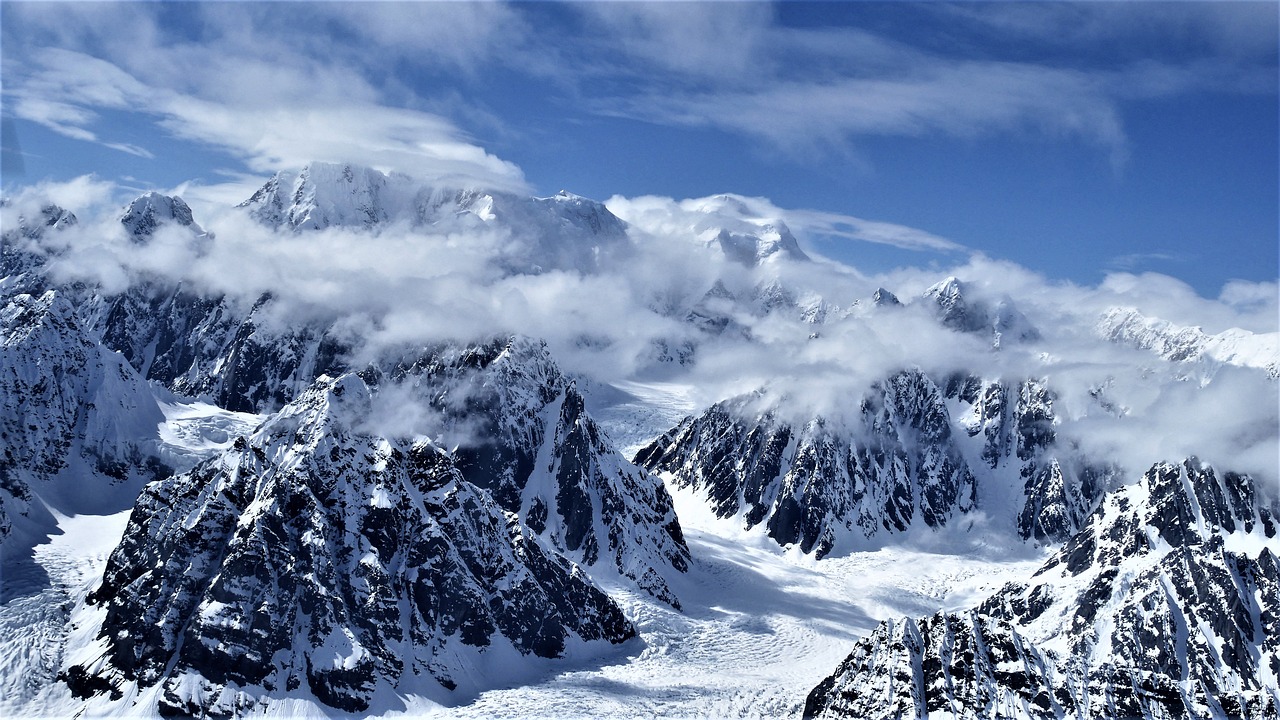Portrait Photography in Travel: Documenting Faces and Stories from Around the World
In photography, the human face serves as a powerful subject that can convey a myriad of emotions and stories. Across different cultures, faces act as windows into unique histories, traditions, and identities. Capturing these diverse faces allows for a deeper understanding and appreciation of the world’s richness and complexity.
When photographing faces in different cultures, it is essential to approach each subject with respect and an open mind. By engaging with individuals in their authentic environment, photographers can create images that resonate with viewers on a universal level. The nuances of expression, the lines etched by time, and the gaze that speaks volumes all contribute to a visual narrative that transcends language barriers.
Techniques for Creating Emotional Connections with Subjects
Establishing a strong emotional connection with your subjects is crucial for creating impactful photographs. One effective technique is to take the time to build rapport with the individuals you are photographing. By showing genuine interest in their stories and experiences, you can create a sense of trust and openness that will be reflected in the images you capture.
Another important aspect of creating emotional connections with subjects is to pay attention to non-verbal cues and body language. Being attuned to subtle gestures and expressions can help you capture the true essence and emotions of your subjects in a way that feels authentic and resonates with viewers. By observing and responding to these non-verbal signals, you can create images that evoke strong emotional responses and leave a lasting impact.
Challenges and Solutions for Photographing People in Public Spaces
When photographing people in public spaces, one common challenge is obtaining consent before taking their picture. Many individuals may feel uncomfortable having their photo taken without their permission, leading to potential conflicts or legal issues. One solution to this challenge is to always ask for consent politely and respect the individual’s decision if they decline.
Another challenge that photographers face in public spaces is the presence of distracting backgrounds or elements that can take the focus away from the subject. To address this issue, photographers can adjust their angles or use a wide aperture to blur out distracting backgrounds and create a more visually appealing image. By being mindful of the surroundings and making conscious efforts to frame the shot effectively, photographers can overcome this challenge and capture compelling images of people in public spaces.
Is it okay to take photos of people in public spaces without their permission?
In most cases, it is legal to take photos of people in public spaces without their permission. However, it is always important to be respectful and considerate of your subjects.
How can I capture authentic emotions in my photographs of people?
To capture authentic emotions in your photographs, try to establish a connection with your subjects and make them feel comfortable. Engage with them, show genuine interest, and be patient to capture genuine moments.
What are some common challenges when photographing people in public spaces?
Some common challenges when photographing people in public spaces include dealing with crowded environments, varying lighting conditions, and potential privacy concerns.
How can I overcome challenges when photographing people in public spaces?
To overcome challenges when photographing people in public spaces, you can try to be discreet, use natural lighting whenever possible, and respect people’s privacy by avoiding intrusive shots. Additionally, practicing patience and being prepared to adapt to different situations can help you capture great shots.





